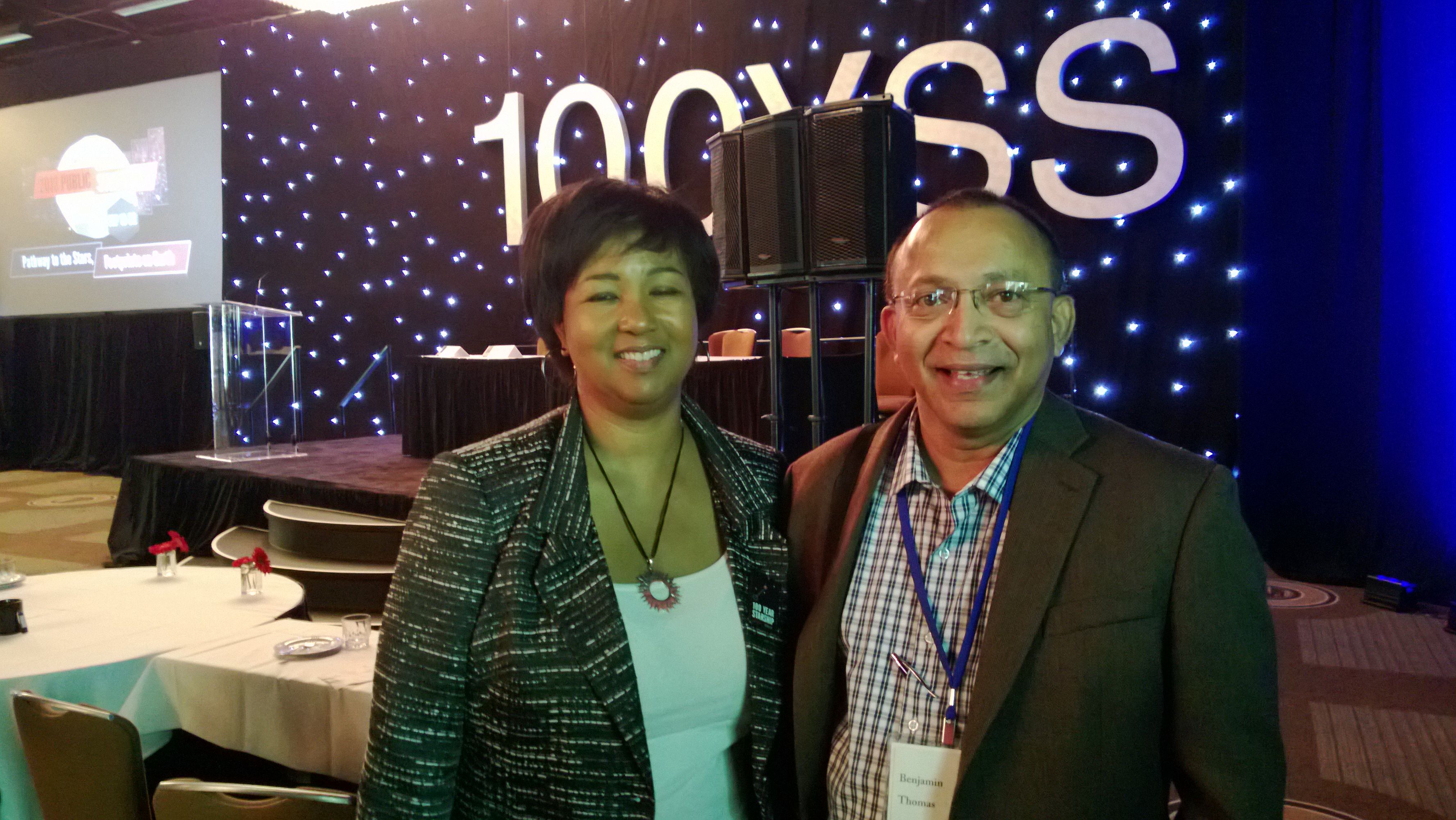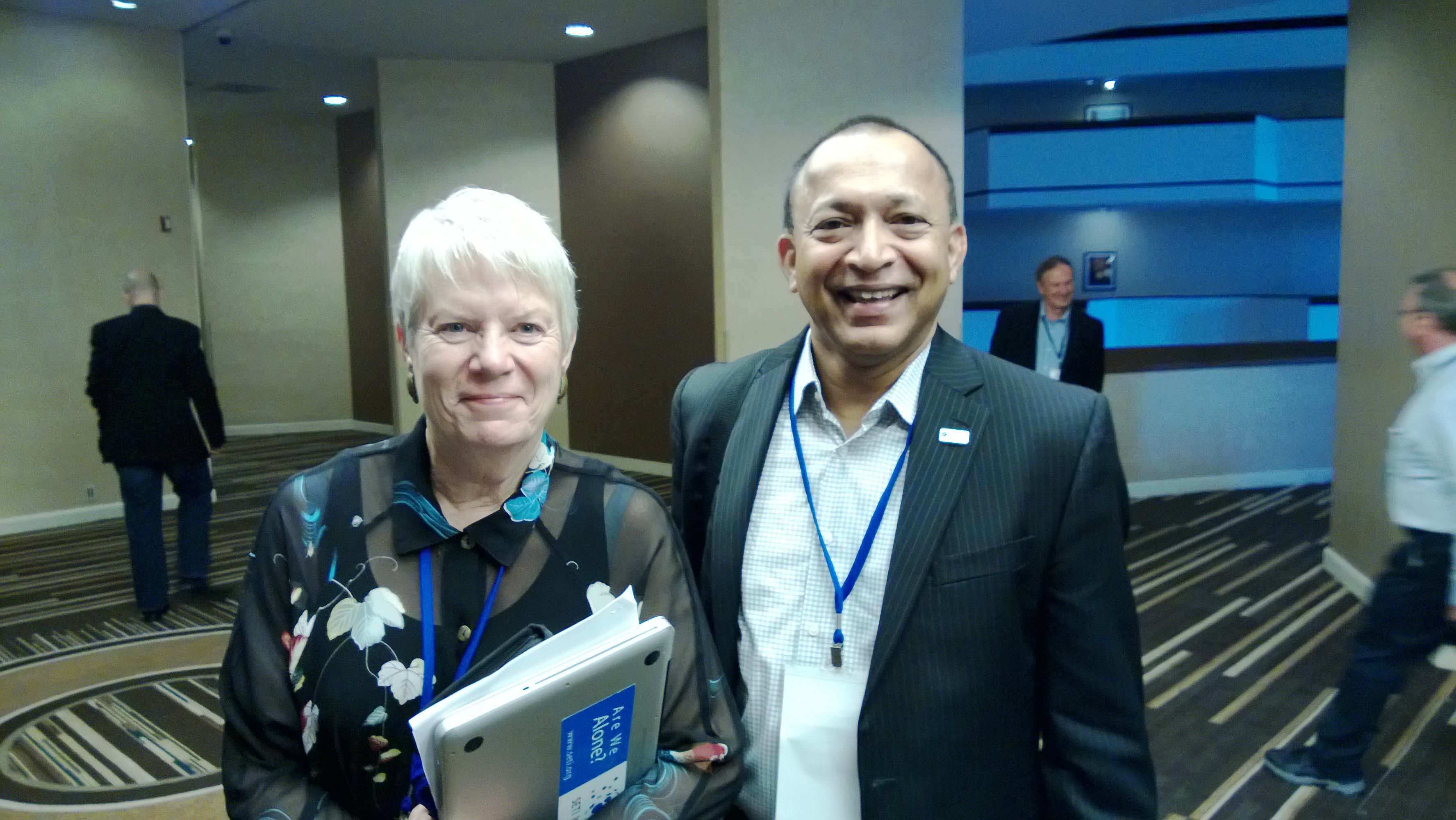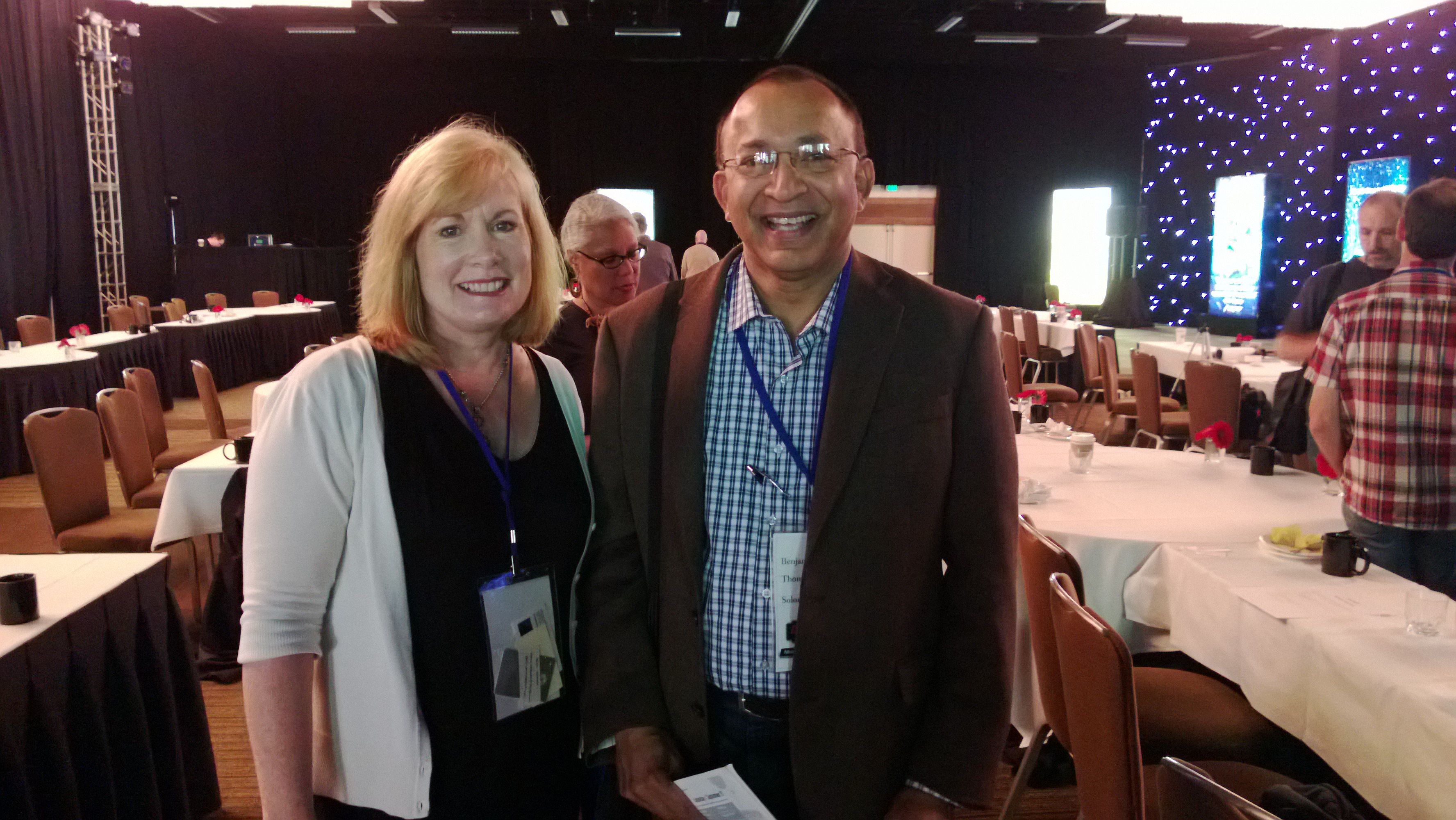I first met Dr. Young Bae, NIAC Fellow, at the Defense Advanced Research Projects Agency (DARPA) sponsored 2011, 100 Year Starship Study (100YSS) at Orlando, Fla. Many of us who were there had responded to the NASA/DARPA Tactical Technology Office’s RFP to set up an organization “… to develop a viable and sustainable non-governmental organization for persistent, long-term, private-sector investment into the myriad of disciplines needed to make long-distance space travel viable …”
Yes, both DARPA and NASA are at some level interested in interstellar propulsion. Mine was one of approximately 35 (rumored number) teams from around the world vying for this DARPA grant, and Dr. Bae was with a competing team. I presented the paper “Non-Gaussian Photon Probability Distributions”, and Dr. Bae presented “A Sustainable Developmental Pathway of Photon Propulsion towards Interstellar Flight”. These were early days, the ground zero of interstellar propulsion, if you would.
Dr. Bae has been researching Photon Laser Thrust (PLT) for many years. A video of his latest experiment is available at the NASA website or on YouTube. This PLT uses light photons to move an object by colliding with (i.e. transferring momentum to) the object. The expectation is that this technology will eventually be used to propel space crafts. His most recent experiments demonstrate the horizontal movement of a 1-pound weight. This is impressive. I expect to see much more progress in the coming years.
At one level, Dr. Bae’s experiments are confirmation that Bill Nye’s Light Sail (which very unfortunately lost communications with Earth) will work.
At another level, one wonders why or how the photon, a particle without mass, has momentum that is proportion to the photon’s frequency or energy. A momentum that is observable in Dr. Bae’s and other experiments. This is not a question that contemporary physics asks. Einstein was that meticulous when he derived the Lorentz-FitzGerald Transformations (LFT) from first principles for his Special Theory of Relativity (STR). Therefore, if you think about it, and if we dare to ask the sacrilegious question, does this mean that momentum is a particle’s elementary property that appears to be related to mass? What would we discover if we could answer the question, why does momentum exist in both mass and massless particles? Sure, the short cut don’t bother me answer is, mass-energy equivalence. But why?
At the other end of photon momentum based research is the EmDrive invented by Roger Shawyer. He clearly states that the EmDrive is due to momentum exchange and not due to “quantum vacuum plasma effects”. To vindicate his claims Boeing has received all of his EmDrive designs and test data. This is not something that Boeing does lightly.
In this 2014 video a member of NASA’s Eagleworks explains that the EmDrive (renamed q-thruster) pushes against quantum vacuum, the froth of particle and antiparticle pairs in vacuum. Which raises the question, how can you push against one type and not the other? In 2011, using NASA’s Fermi Gamma-ray Space Telescope photographs, Prof. Robert Nemiroff of Michigan Technological University, made the stunning discovery that this quantum foam of particle and antiparticle pairs in a vacuum, does not exist. Unfortunately, this means that the NASA Eagleworks explanation clearly cannot be correct.
So how does the EmDrive work?
In my 2012 book An Introduction to Gravity Modification, I had explained the importance of asymmetrical fields and designs for creating propellantless engines. For example, given a particle in a gravitational field and with respect to this field’s planetary mass source, this particle will observe an asymmetrical gravitational field. The near side of this particle will experience a stronger field than the far side, and thus the motion towards the planetary mass. Granted that this difference is tiny, it is not zero. This was how I was able to determine the massless formula for gravitational acceleration, g=τc^2, where tau τ is the change in the time dilation transformation (dimensionless LFT) divided by that distance. The error in the modeled gravitational acceleration is less than 6 parts per million. Thus validating the asymmetrical approach.
In very basic terms Shawyer’s New Scientist paper suggests that it is due to the conical shape of the EmDrive that causes microwave photons to exhibit asymmetrical momentum exchange. One side of the conical structure with the larger cross section, has more momentum exchange than the other side with the smaller cross section. The difference in this momentum exchange is evidenced as a force.
However, as Dr. Bae points out, from the perspective of legacy physics, conservation of momentum is broken. If not broken, then there are no net forces. If broken, then one observes a net force. Dr. Beckwith (Prof., Chongqing University, China) confirms that Dr. Bae is correct, but the question that needs to be addressed is, could there be any additional effects which would lead to momentum conservation being violated? Or apparently violated?
To be meticulous, since energy can be transmuted into many different forms, we can ask another sacrilegious question. Can momentum be converted into something else? A wave function attribute for example, in a reversible manner, after all the massless photon momentum is directly proportional to its frequency? We don’t know. We don’t have either the theoretical or experimental basis for answering this question either in the positive or negative. Note, this is not the same as perpetual motion machines, as conservation laws still hold.
Shawyer’s work could be confirmation of these additional effects, asymmetrical properties and momentum-wave-function-attribute interchangeability. If so, the future of propulsion technologies lies in photon based propulsion.
Given that Shawyer’s video demonstrates a moving EmDrive, the really interesting question is, can we apply this model to light photons? Or for that matter, any other type of photons, radio, infrared, light, ultraviolet and X-Rays?
(Originally published in the Huffington Post)



